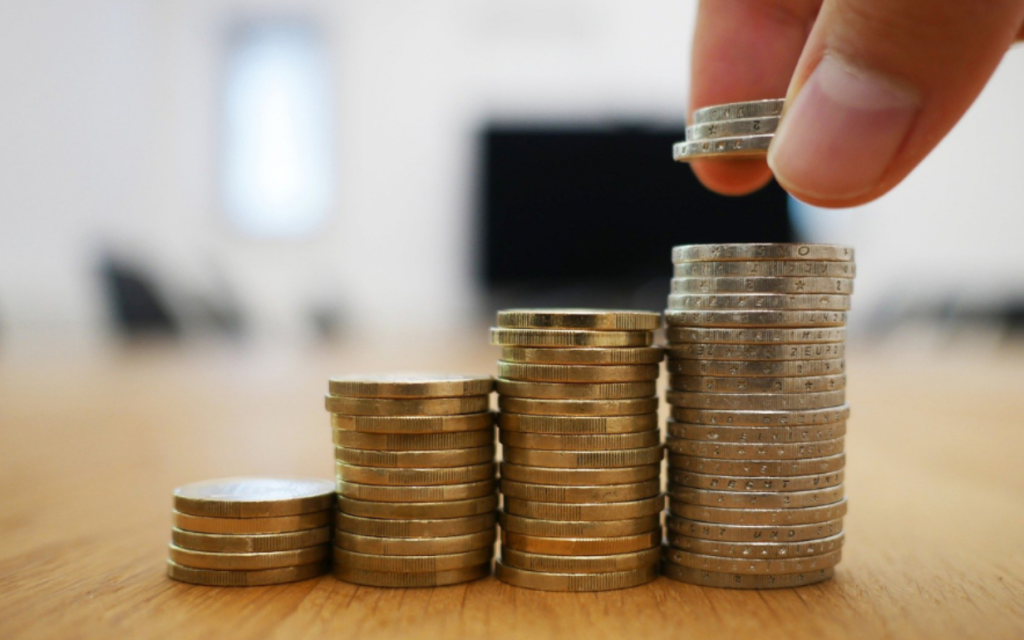Financial literacy – what is it? The habit of understanding where every ruble goes, and why the next one comes. The skill of seeing money as a working tool, not as an uncontrollable force. Increasing financial literacy in adulthood allows not just making ends meet, but designing life: from buying an apartment to retiring. Money does not tolerate carelessness. Personal budget, expenses, loans, income, and investments are not separate entities, but a unified system. Lack of understanding of at least one of its parts causes a breakdown of the entire structure.
How to increase financial literacy? Find the capital leak
Any financial failure starts not with large expenses, but with unnoticed leaks. It’s hard to manage money if they are spent uncontrollably: on “goodies,” subscriptions, taxis, paid options in games, discounts on things that are not needed. Planning expenses and analyzing daily spending allow you to create a real picture. For example, with an income of 80,000 ₽ and no savings, stability is at risk after just one unexpected event – for example, illness. Therefore, the question of how to increase financial literacy requires a practical approach – identifying small but constant leaks.

Wallet psychology: how to deal with impulsive purchases
Financial behavior is based on emotions. A person makes over 90% of purchases on emotional autopilot. Stores, marketplaces, and advertising know this and use it. A simple “buy on impulse” can eat up to 5,000 ₽ per month. In a year, that’s a full vacation. To reduce impulses, the “72-hour” method helps. After the desire arises, postpone the decision for three days. 8 out of 10 purchases lose relevance after a pause.
Also works:
ban on purchases outside the list;
use of cash only for large expenses;
refusal of a bank card for unforeseen expenses.
Increasing financial literacy in adulthood includes control over automatic desires. Here, it’s not intelligence that wins, but the system.
Money in order: how to increase financial literacy
Budgeting is the basic element from which the increase in financial literacy in adulthood begins. Just calculations, numbers, categories, and order – no magic. Without this, it’s impossible to achieve financial stability and build a sound savings strategy.
Where to start
Simple algorithm: categorize everything. Income is always the starting point. Any system without understanding the amount coming in is like a house on sand. Therefore, the algorithm is as follows:
- The first step is to calculate the total income: salary, freelance, part-time work, benefits, interest. Count only the “net” – what actually goes into the account or hands.
- The second step is to categorize expenses: not just food and other, but strictly by blocks: mandatory, flexible, long-term.
- The third step is to set priorities: you can’t build a budget based solely on today’s convenience. You need to consider both tomorrow’s needs and tomorrow’s risks.
Classic 50/30/20 formula: why it’s needed and how it works
50% – mandatory expenses. The block includes everything necessary for living, for example:
rent or mortgage;
utilities;
food;
transport;
communication;
medicine.
Even with a modest income of 45,000 ₽, mandatory expenses usually “consume” exactly half. For example:
room rent – 15,000 ₽;
food – 5,500 ₽;
transport and communication – 2,000 ₽;
utilities – 5,000 ₽.
Total: 27,500 ₽, which is slightly more than the allowable amount by the formula. This means adjustments are needed: either increase income, reduce non-essential items, or find cheaper solutions. How to increase financial literacy – learn to calculate by categories, not blindly.
Starting Point: How to Save Money Without Discomfort
Economic efficiency begins with a priority: not spending less, but spending only on valuable things. How to save money while maintaining quality of life:
Track recurring small expenses – takeaway coffee, bottled water, frequent deliveries. Giving up 3-4 of them saves up to 6,000 ₽ per month.
Plan purchases in advance – buying household chemicals, cereals, pasta, diapers in bulk reduces the price by up to 40%.
Compare before buying – even between different marketplaces, the price for the same item can differ by 1.5-2 times.
Check subscriptions and apps – each unnoticed subscription at 499 ₽ per month turns into 5,988 ₽ per year.
Use bonus programs and cashback – even a basic percentage provides additional income.
How to increase financial literacy – learn to see savings not as restrictions, but as capital enhancers.
Money for Tomorrow: How to Create Savings and a Cushion
Without savings, every emergency turns into a catastrophe. The optimal level is 3-6 months of expenses. For example, with a monthly amount of 60,000 ₽, a reliable safety cushion is 180,000-360,000 ₽. Creating savings is easier than it seems. Even by setting aside 10% of income, a significant amount is accumulated in 12 months. The key is to automate: transfer money to a separate savings account every month immediately after receiving income. Increasing financial literacy in adulthood is impossible without creating a foundation – a reserve capital that saves in a crisis and opens up opportunities.
Growing Money: Investments for Beginners with Minimal Risks
Investing money means putting it to work. Without fanaticism, but with calculation. Investments for beginners don’t require a million – just 1,000 ₽ per month is enough. The main thing is to understand what and why. Suitable for starters:
exchange-traded funds (ETFs on the Moscow Exchange index, S&P500);
federal loan bonds;
dividend stocks of stable companies.
The average return on a moderate strategy is 10-12% per year. With an investment of 100,000 ₽, the increase is 10,000-12,000 ₽ per year. It’s important to avoid “hot tips,” pyramids, and speculations. How to increase financial literacy – stop being afraid of investments and include them in the system of long-term assets.
Aligning Incomes, Expenses, and Goals into a Unified System
One of the key factors of success is consistency. Sustainable prosperity arises when every ruble goes through the route: income → accounting → redistribution → growth. Financial stability requires:
accounting for all sources of income;
recording all expenses;
planning goals with specific amounts and deadlines;
regular analysis and adjustments.

Once a month – check the budget and investments. Once a quarter – review financial goals. Once a year – strategically adjust the entire system. How to increase financial literacy – build a cycle where money is not just spent, but enhances opportunities.
Conclusion
Financial literacy doesn’t come in one evening. It’s the result of repeated decisions: resisting temptation, analyzing expenses, giving up unnecessary things, saving, investing. How to increase financial literacy: live consciously, not in deficit, but in strategy. Every action, from refraining from unnecessary purchases to setting up automatic savings, is a step towards sustainable capital. A smart approach to finances doesn’t make you rich instantly, but it creates the foundation on which freedom, peace of mind, and control are built.








 Investing in bonds is one of the most reliable ways to generate passive income. Bonds can be government bonds or corporate bonds. Government bonds carry little risk, as they are issued by the government and the yield fluctuates between 10 and 12 percent annually.
Investing in bonds is one of the most reliable ways to generate passive income. Bonds can be government bonds or corporate bonds. Government bonds carry little risk, as they are issued by the government and the yield fluctuates between 10 and 12 percent annually. Given the economic instability, passive income has become one of the best strategies for achieving financial freedom in Russia. Whether you invest in bonds, real estate, stocks, or more modern instruments such as crowdfunding, it is important to approach the topic thoughtfully and carefully weigh all the risks and benefits. This is not just a way to make money, but a path to freedom and stability. In 2024-2025, you can use various sources of income to create a solid financial foundation for the future.
Given the economic instability, passive income has become one of the best strategies for achieving financial freedom in Russia. Whether you invest in bonds, real estate, stocks, or more modern instruments such as crowdfunding, it is important to approach the topic thoughtfully and carefully weigh all the risks and benefits. This is not just a way to make money, but a path to freedom and stability. In 2024-2025, you can use various sources of income to create a solid financial foundation for the future.